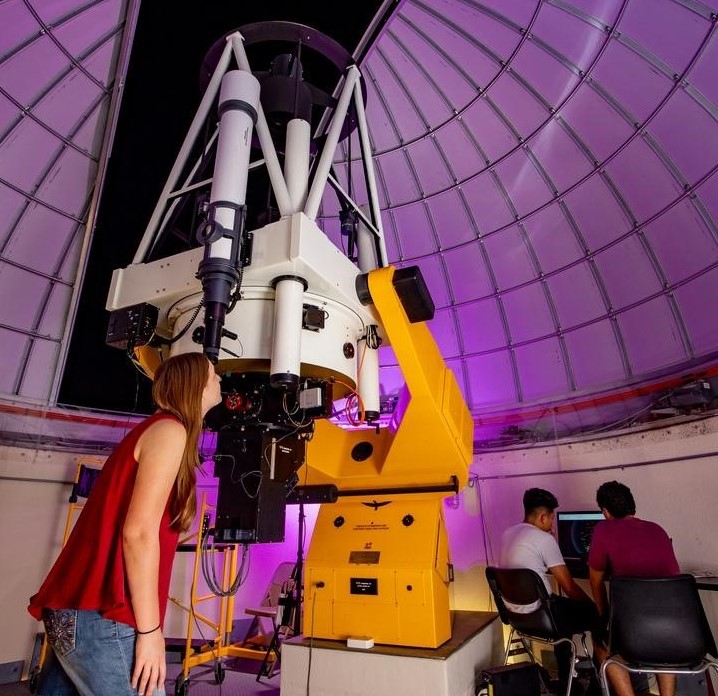Document Type
Article
Publication Title
The Astrophysical Journal
Abstract
To understand the behavior of cosmic-ray modulation seen by the two Voyager spacecraft in the region near the termination shock (TS) and in the heliosheath at a distance of >100 AU, a realistic magnetohydrodynamic global heliosphere model is incorporated into our cosmic-ray transport code, so that the detailed effects of the heliospheric boundaries and their plasma/magnetic geometry can be revealed. A number of simulations of cosmic-ray modulation performed with this code result in the following conclusions. (1) Diffusive shock acceleration by the TS can significantly affect the level of cosmic-ray flux and, in particular, its radial gradient profile in the region near the TS and in the inner heliosheath. (2) The radial profile of cosmic-ray flux strongly depends on longitude. There is a slight north–south asymmetry due to an asymmetric TS, but the larger difference in the radial profiles comes from longitudinal variation. Voyager 1 and 2 are separated by ∼ 40◦ in longitude. Simulations in these two directions show a large difference in the radial profile of cosmic-ray flux. Thus, it is not appropriate to determine the cosmic-ray radial gradient by directly using the two-point Voyager measurements. Various other simulations are also performed to show how sensitively the modulation level depends on latitude, cosmic-ray energy, and interstellar spectrum.
DOI
10.1088/0004-637X/764/1/85
Publication Date
2-10-2013
Recommended Citation
Luo, Xi; Zhang, Ming; Rassoul, Hamid K.; Pogorelov, Nikolai V.; and Heerikhuisen, Jacob, "Galactic Cosmic-Ray Modulation In A Realistic Global Magnetohydrodynamic Heliosphere" (2013). Aerospace, Physics, and Space Science Faculty Publications. 297.
https://repository.fit.edu/apss_faculty/297


